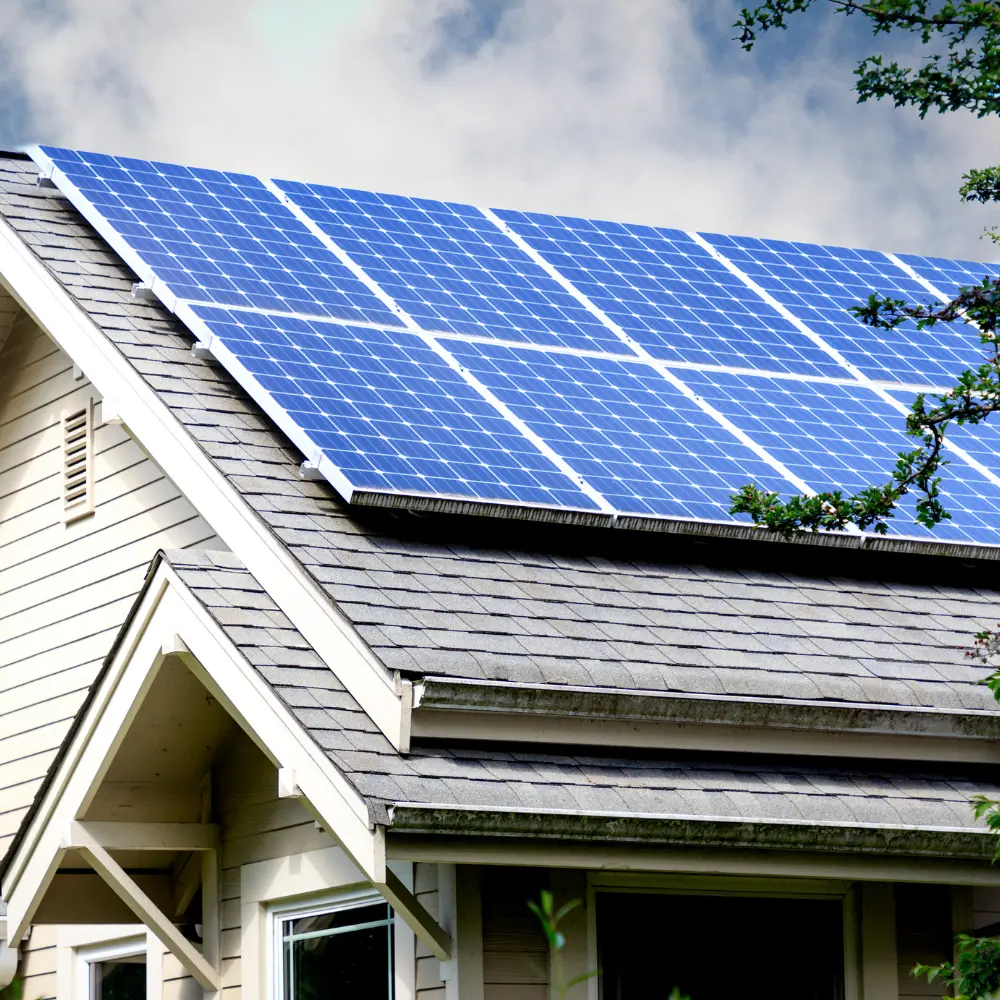
A solar array represents an investment intended to reduce electricity bills and foster independence from volatile utility rates. Yet, many owners underestimate how quickly dirt, debris, or other contaminants can degrade panel performance. The everyday accumulation of dust or soot may seem minor, but it can quietly choke off a sizeable percentage of the system’s power generation. Over time, unchecked soiling costs real money and undercuts a key motivation for going solar in the first place.
Why does this matter? Research consistently shows that clean solar panels achieve better efficiency, longer lifespans, and improved reliability. This argument asserts that simple, consistent maintenance ensures owners reap the full return on their solar investment. Recent studies also highlight how remote monitoring and automated cleaning systems protect the panels’ functionality. Maintaining clean solar panels is not a peripheral chore; it is an essential practice for anyone serious about maximizing renewable energy yields.
Many people believe that rainfall alone is enough to keep panels spotless or that small amounts of dust cannot truly make a difference. Such assumptions matter because they often persuade owners to delay or ignore panel care, inadvertently sacrificing a sizeable chunk of potential energy.
Viewing panel contamination as a negligible detail undermines the overarching goal of system efficiency. Proactive cleaning approaches thus become paramount in preventing slow, creeping inefficiency.
Whether panels are in suburban neighborhoods or near industrial zones, the consistent message from field studies is that unaddressed soiling accumulates, eroding gains from an otherwise capable setup.
Understanding how to track panel cleanliness resonates closely with the thesis that preserving panel hygiene drives solar success. Without objective measurements, owners may waste resources cleaning too often or do it too seldom, losing potential energy production. Several approaches stand out:
Dirt detection is rarely a one-size-fits-all proposition. The chosen method often depends on budget, system scale, and the complexity of environmental challenges.
Reliable dirt monitoring paves the way for well-timed maintenance, ensuring minimal guesswork. In the broader context of solar management, consistent measurement prevents costly performance dips.
Building managers and larger-scale operators often look to automation because manual cleaning might suffice for smaller home systems. Advanced cleaning technologies—like robotic brush systems or electrostatic dust removal—can safeguard energy yields without demanding intensive labor. Advantages of automation include:
One caveat is the initial setup cost; some advanced self-cleaning modules cost a premium, and owners must evaluate payback times. However, consistent performance gains often justify the expense, particularly where dust accumulation is severe.
In many cases, automation solves chronic soiling headaches, albeit with an up-front investment. The boost in power generation and lower labor requirements often offset these initial expenses, making the upgrade attractive.
A crucial theme in discussions about panel cleanliness is the adoption of real-time monitoring technologies. The question of whether on-site inspections alone can catch subtle efficiency drops pushes managers to consider digital platforms or sensor arrays. This is key because immediate awareness of performance deviations can drive swifter responses. Core monitoring features are as follows:
Owners preserve high output by pairing data-driven insights with prompt cleaning while avoiding unnecessary or prematurely scheduled cleanings.
Predictive maintenance aided by remote monitoring adds a strategic layer to solar management. Owners can act precisely, saving time and preserving peak power.
The vision of self-cleaning solar panels—requiring minimal manual intervention—intrigues many in the industry. By blending specialized coatings or advanced materials, it may become possible to let the panels mostly maintain themselves. Experts anticipate:
Even if widespread commercial viability remains on the horizon, such innovations promise simpler, more durable solar systems. Forward-thinking operators might track these R&D developments as a blueprint for future upgrades or expansions.
Futuristic solar modules that stay clean with minimal user intervention herald a shift in how owners approach maintenance. As these technologies mature, owners can further reduce performance losses and operational costs.
Cleanliness remains a cornerstone of successful solar array ownership—whether for a single rooftop installation or a sprawling solar farm. Dirt accumulation degrades energy production, but practical strategies exist, from periodic manual washing to fully robotic systems supplemented by sensor-based monitoring or sophisticated coatings. Recognizing the economic and operational benefits of sustained panel hygiene ensures that solar owners truly harness maximum power output over the system’s lifetime. By investing in systematic cleaning approaches and staying informed about emerging self-cleaning technologies, individuals and organizations protect both the environment and their bottom line.
 We are thrilled to say that we are Staten Island's only BPI GoldStar Contractor and to be a part of NYSERDA's Home Performance with Energy Star Program.
We are thrilled to say that we are Staten Island's only BPI GoldStar Contractor and to be a part of NYSERDA's Home Performance with Energy Star Program.
 Experience unparalleled energy efficiency and indoor comfort with Energy Bute's. spray foam insulation.
Experience unparalleled energy efficiency and indoor comfort with Energy Bute's. spray foam insulation.
 Our talented team has a demonstrated track record of success and satisfied customers. When it comes to solar panels and solar energy, our team knows what they are talking about.
Our talented team has a demonstrated track record of success and satisfied customers. When it comes to solar panels and solar energy, our team knows what they are talking about.
 We offer Home Energy Audit services in Staten Island.Getting an energy audit performed on a home saves individuals up to 25% on their energy bill (annually).
We offer Home Energy Audit services in Staten Island.Getting an energy audit performed on a home saves individuals up to 25% on their energy bill (annually).